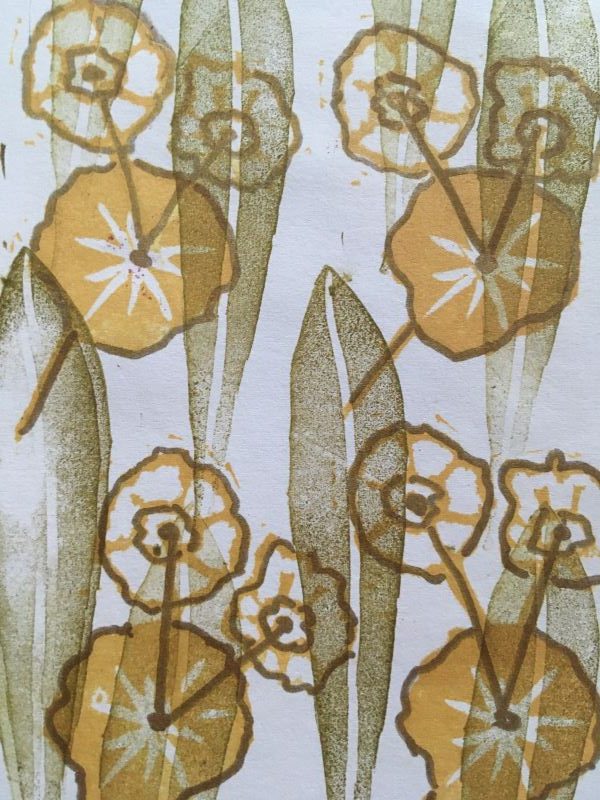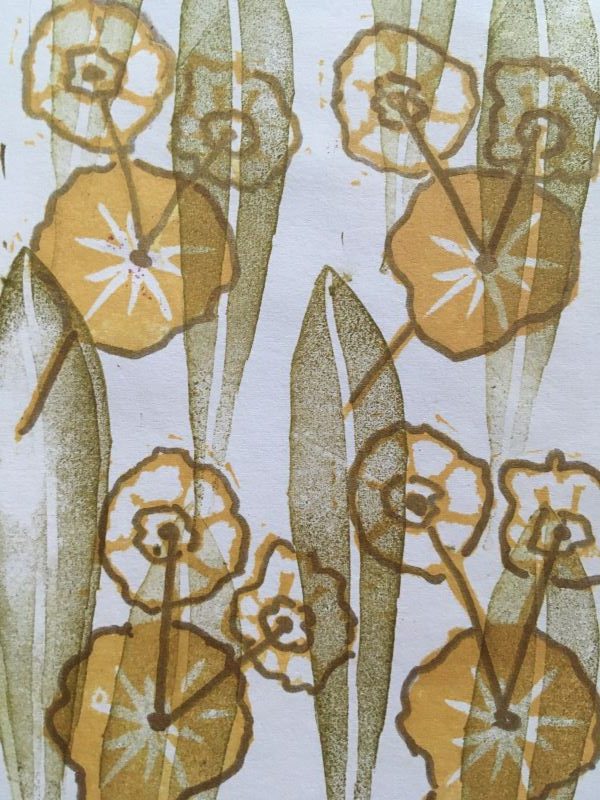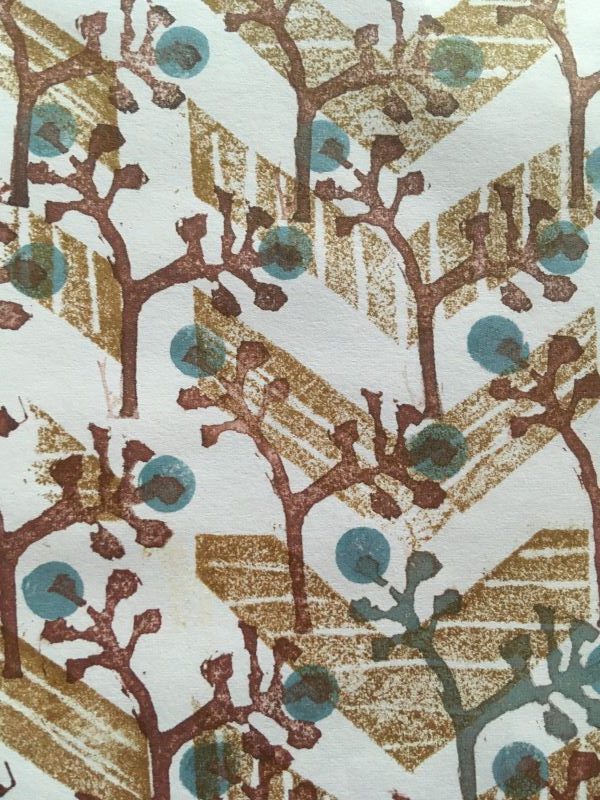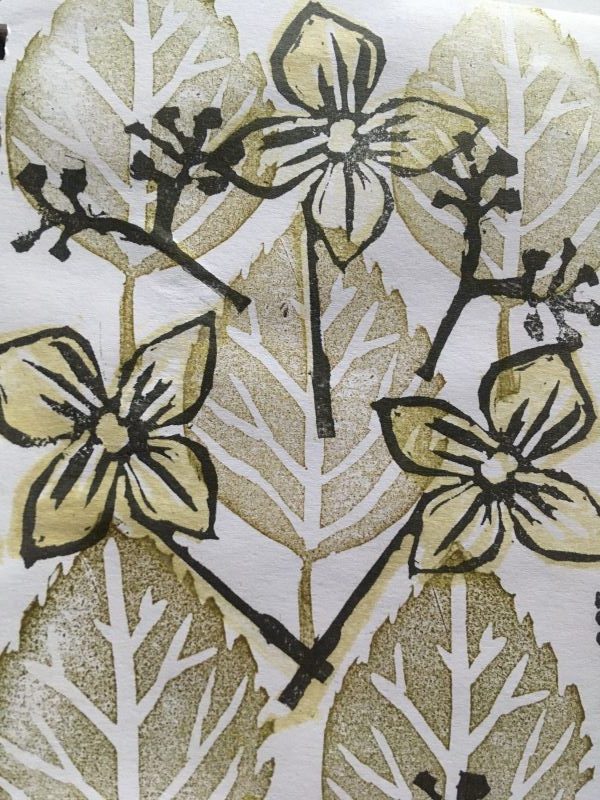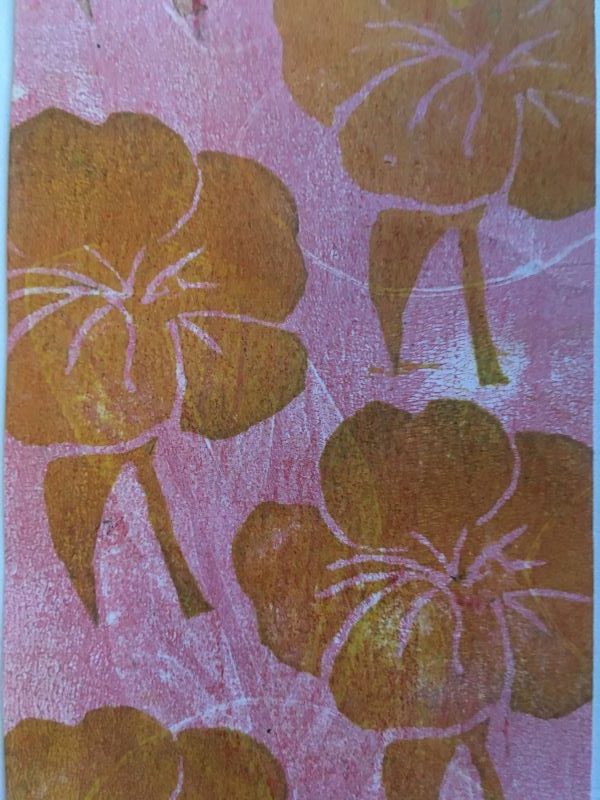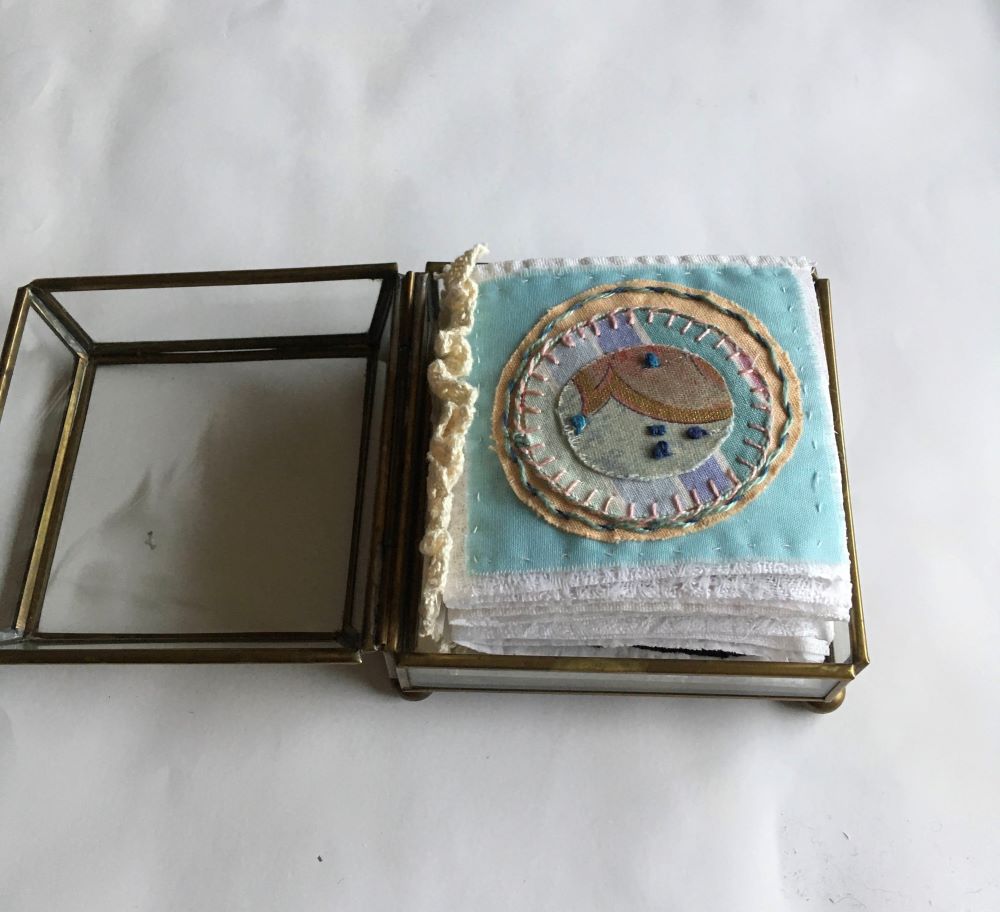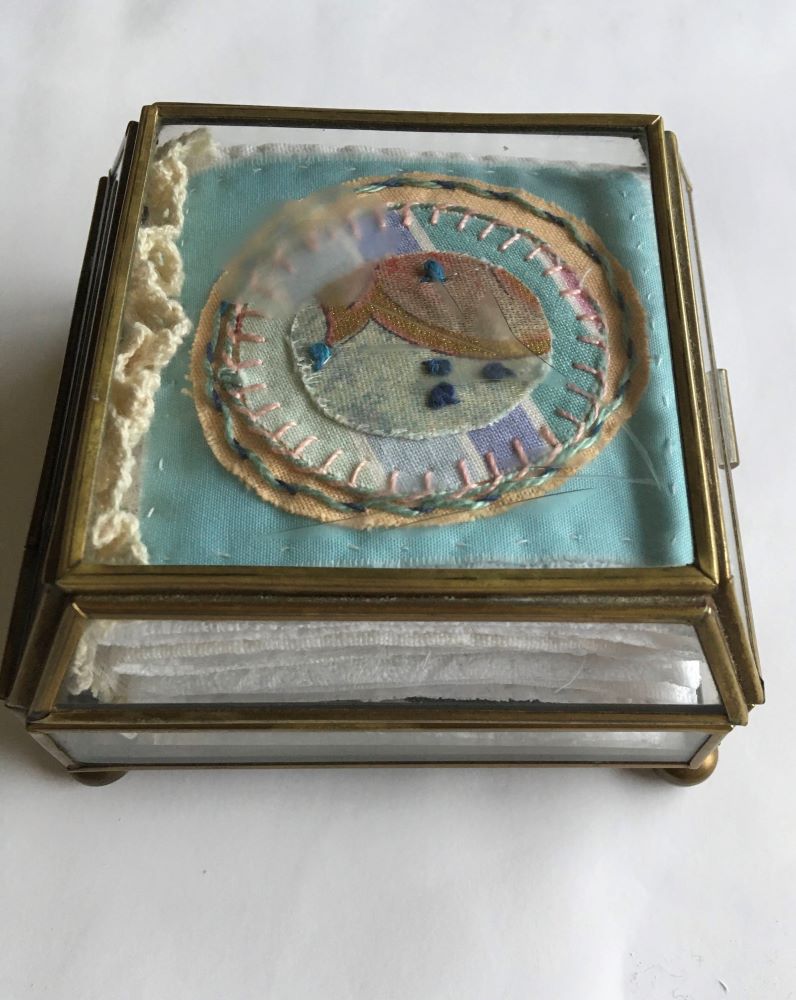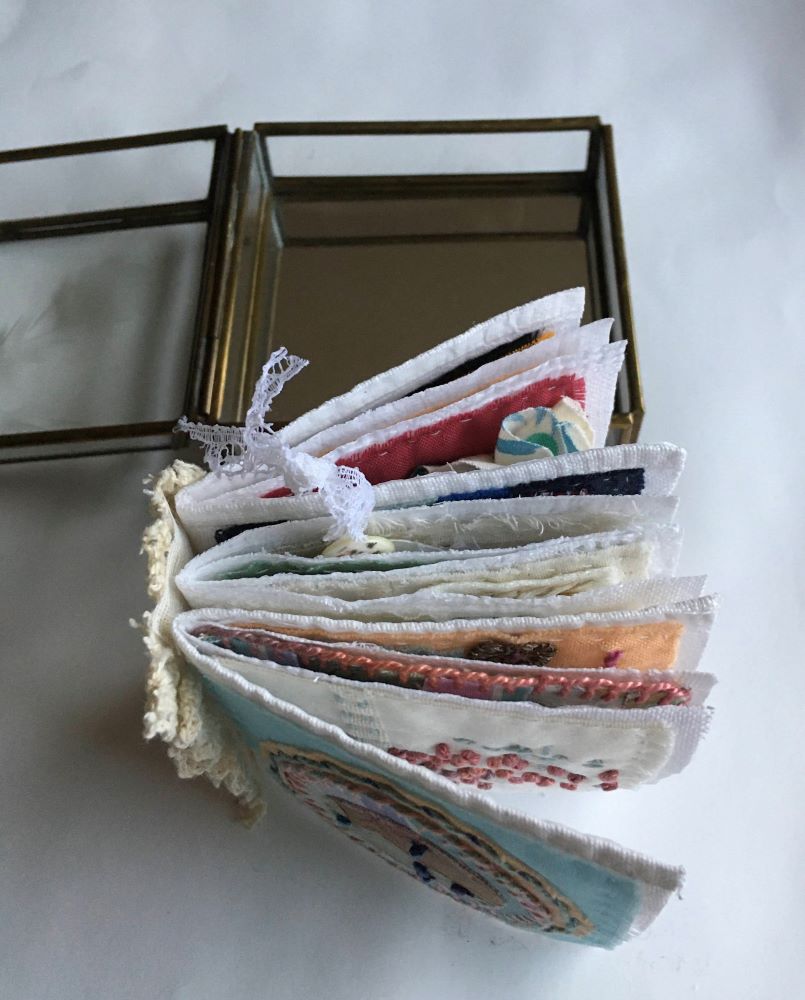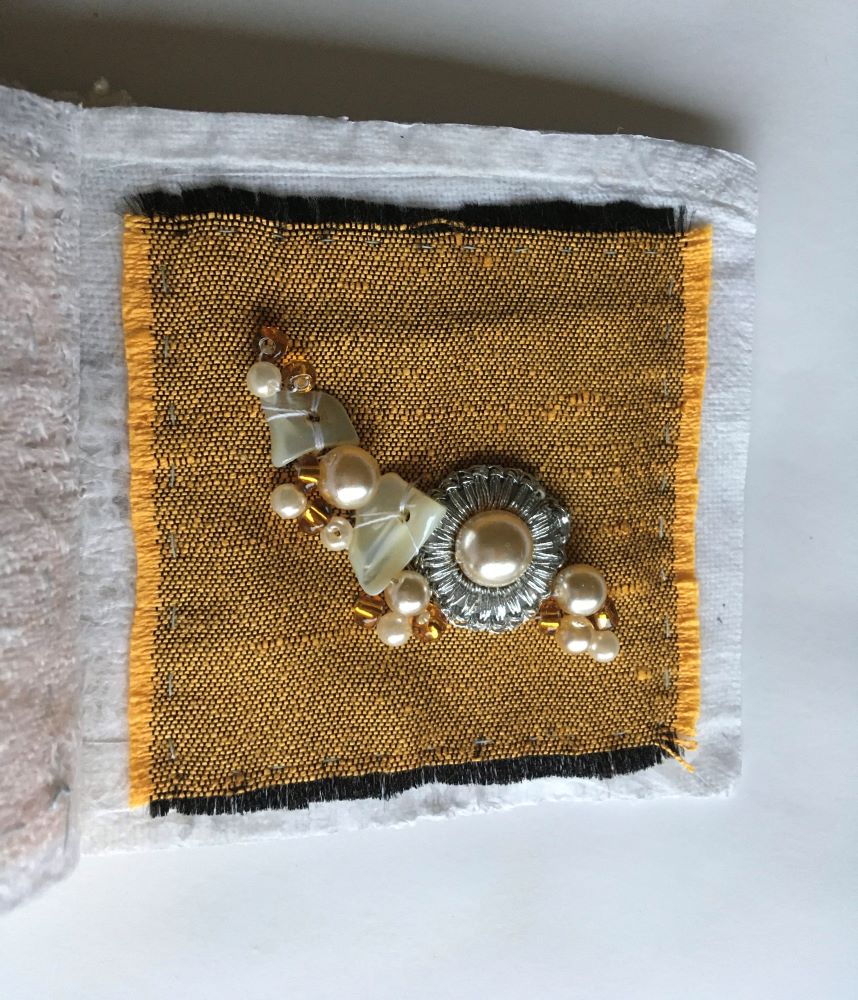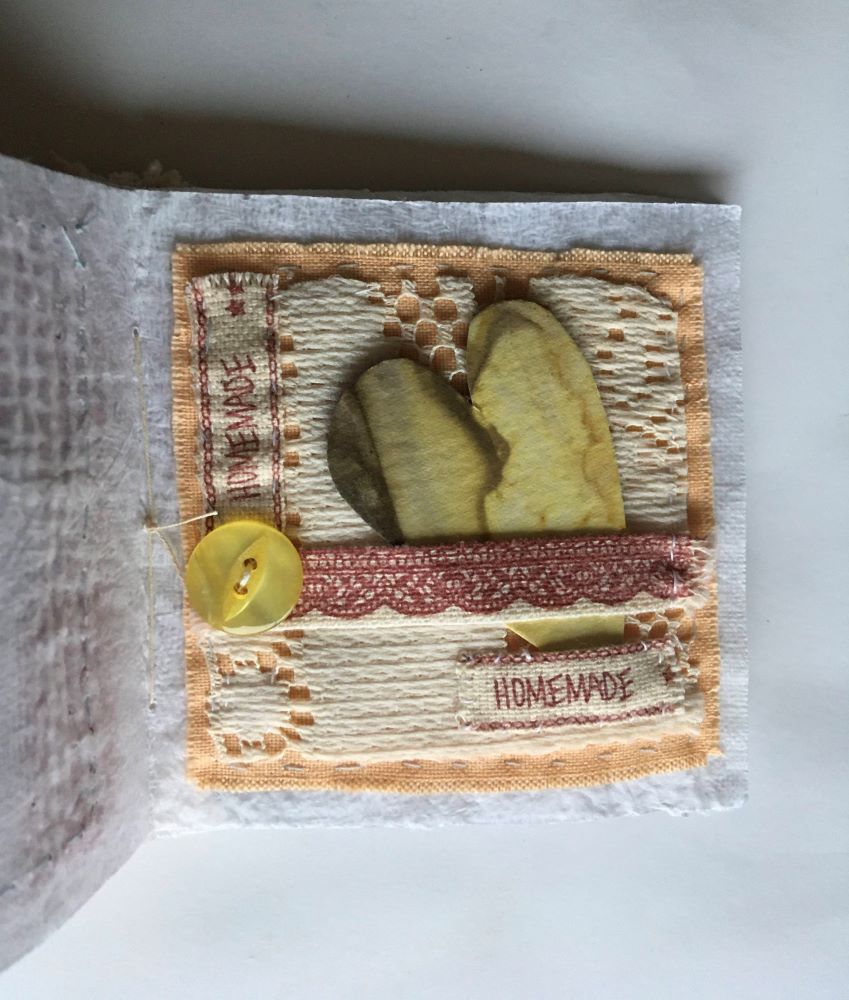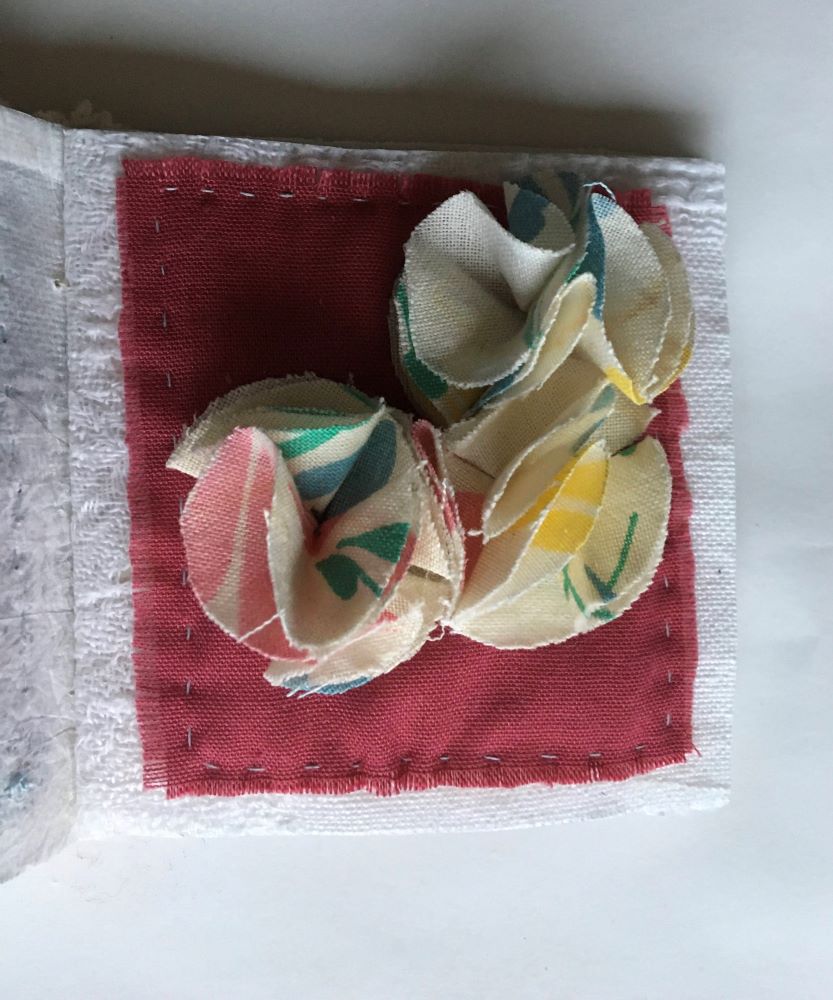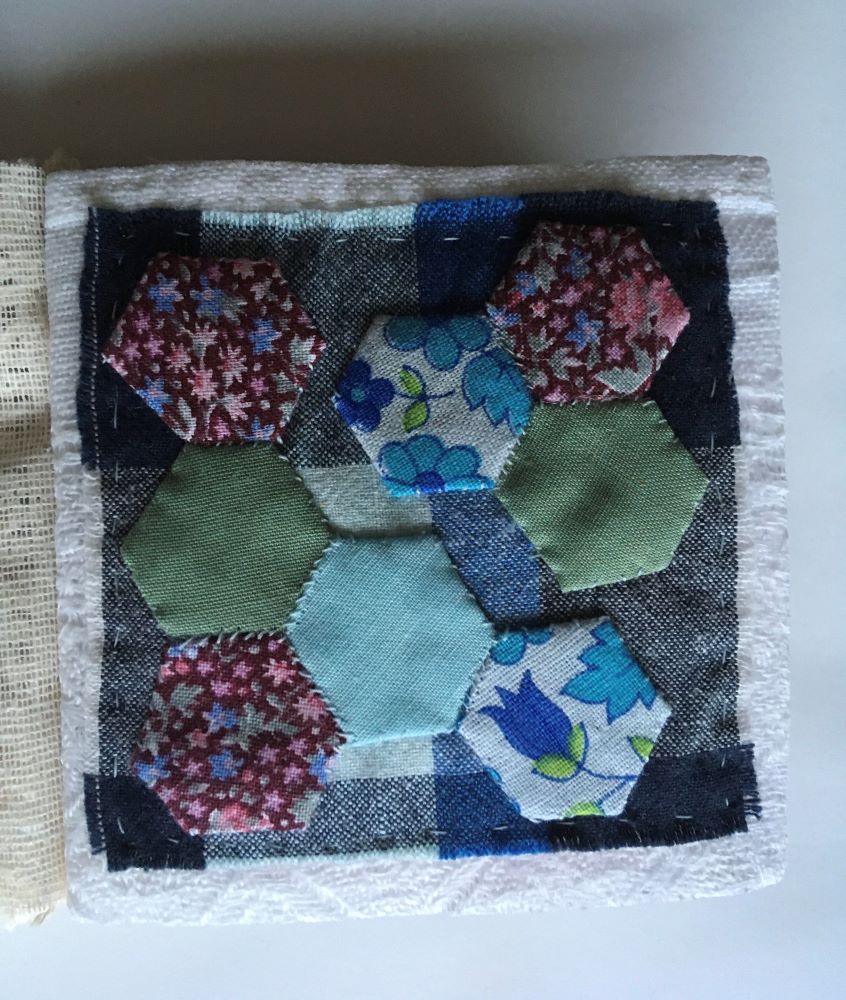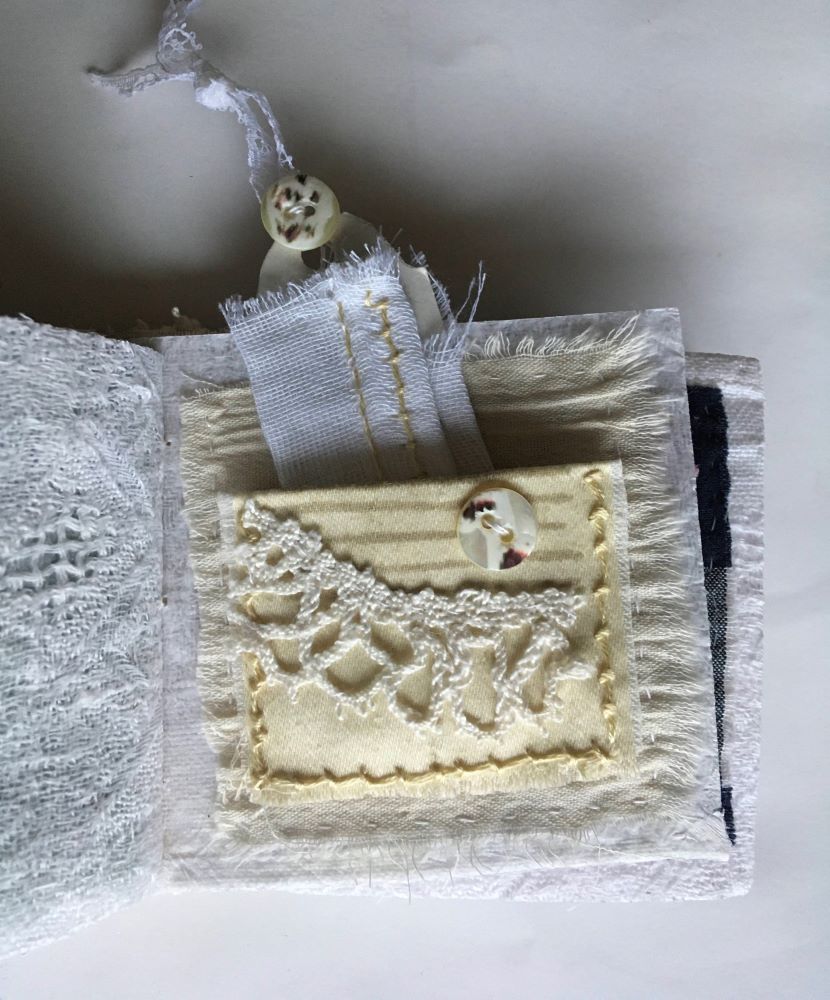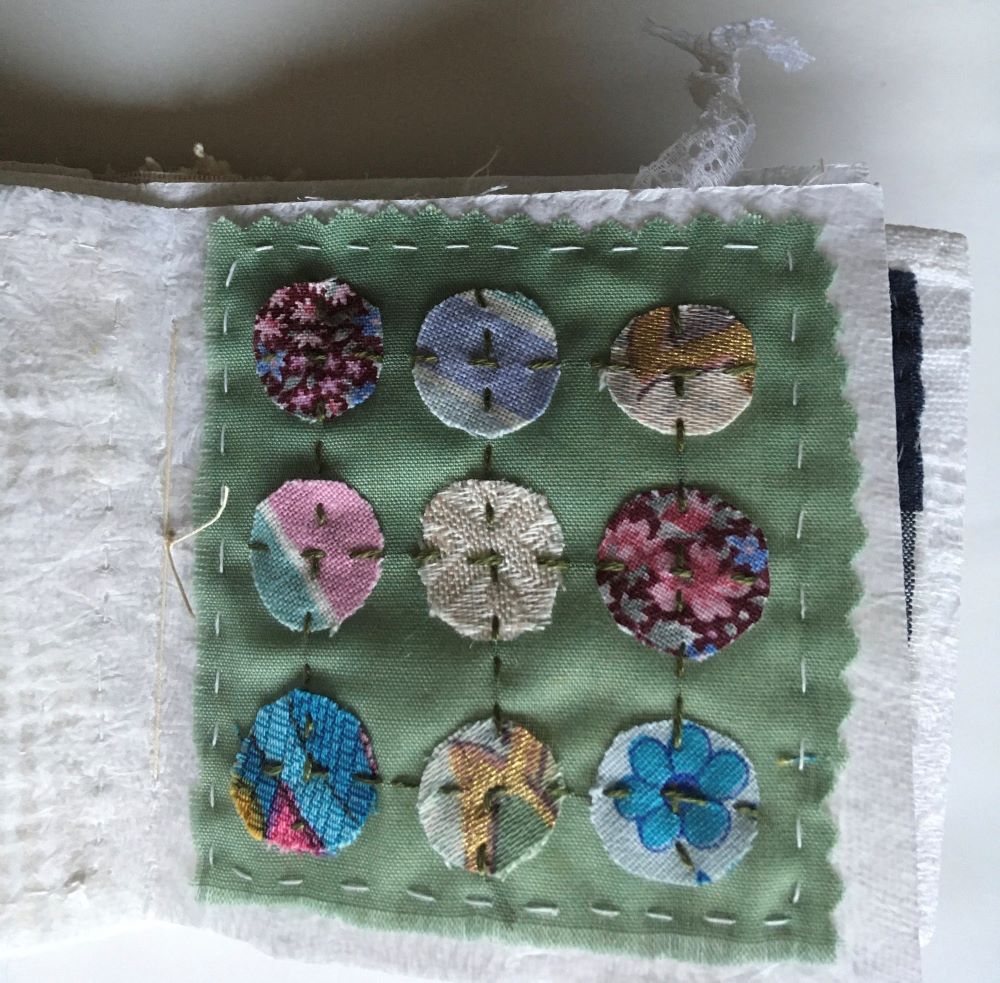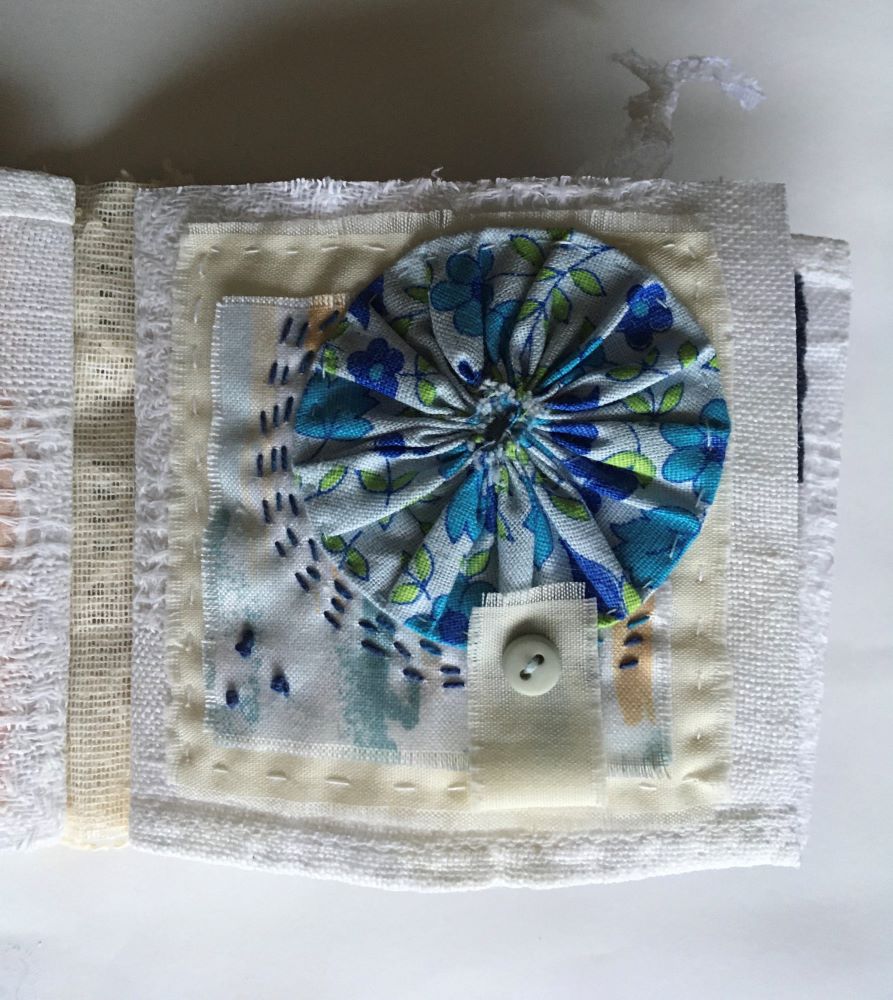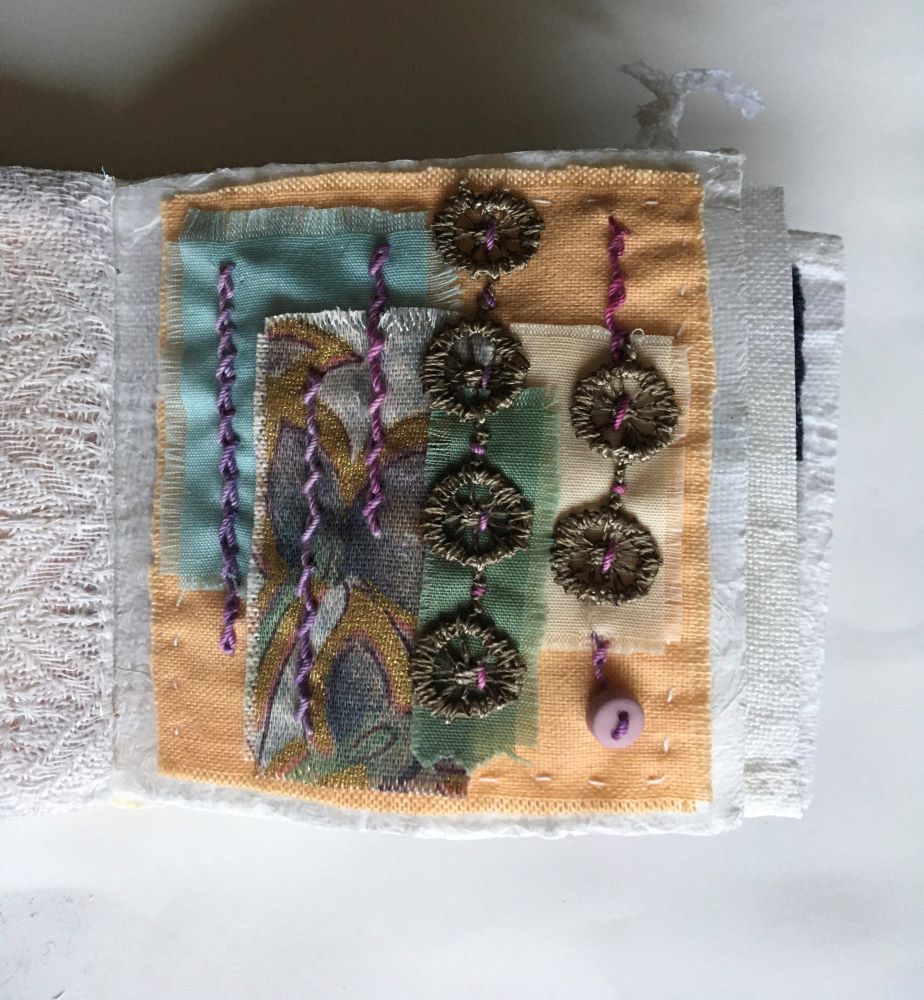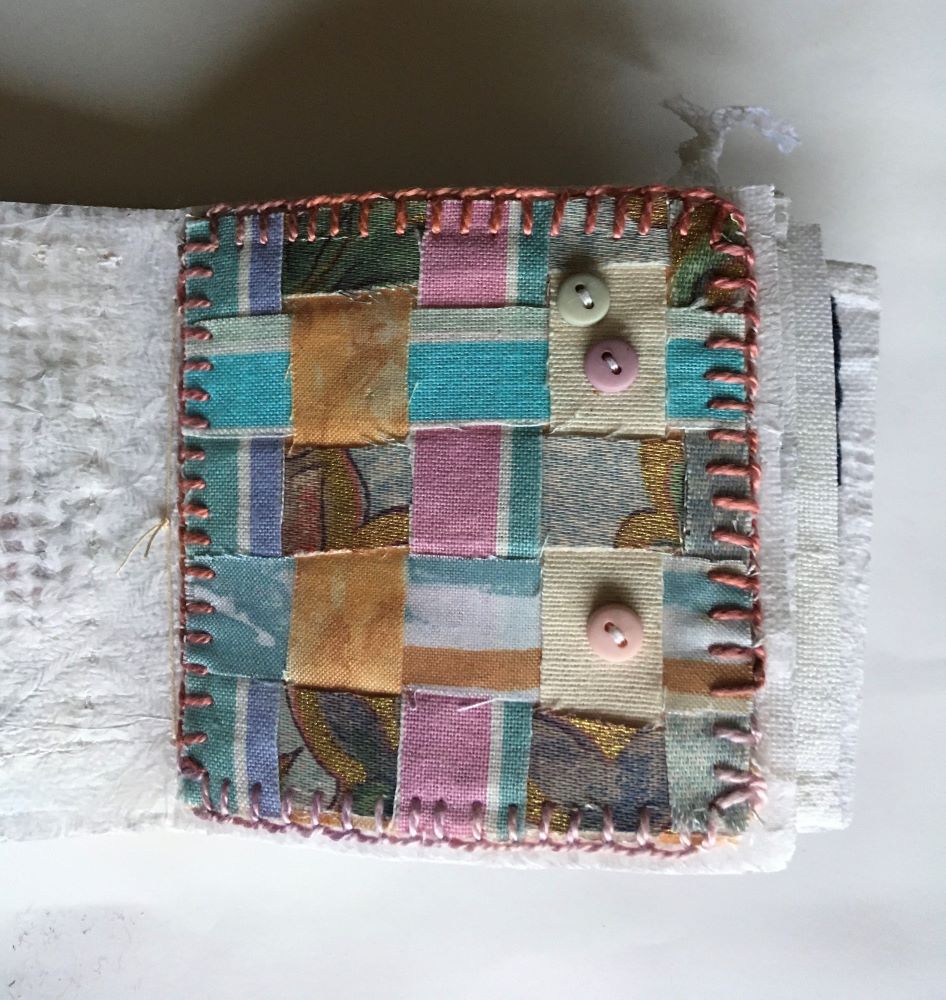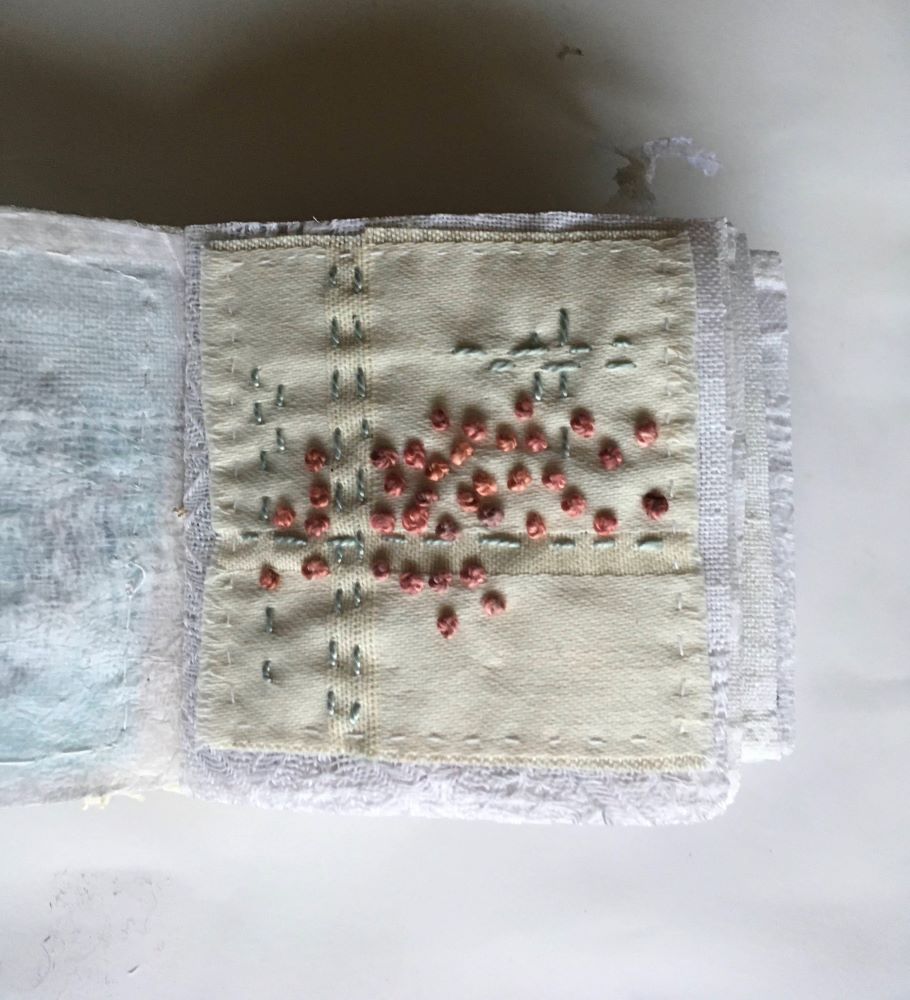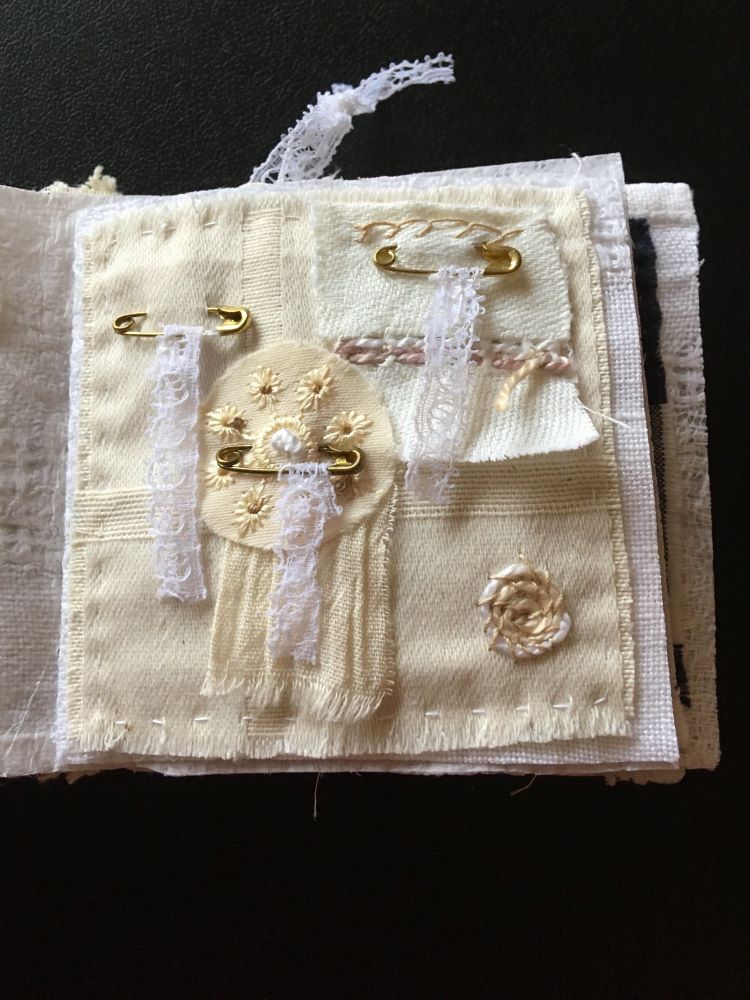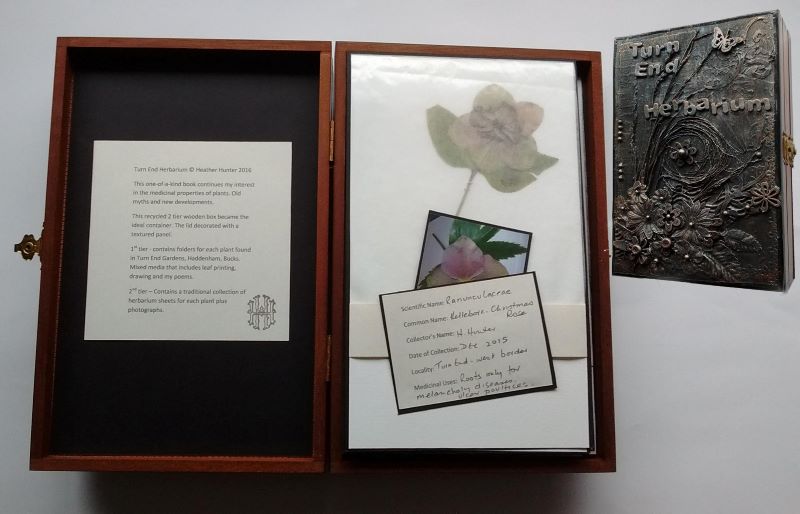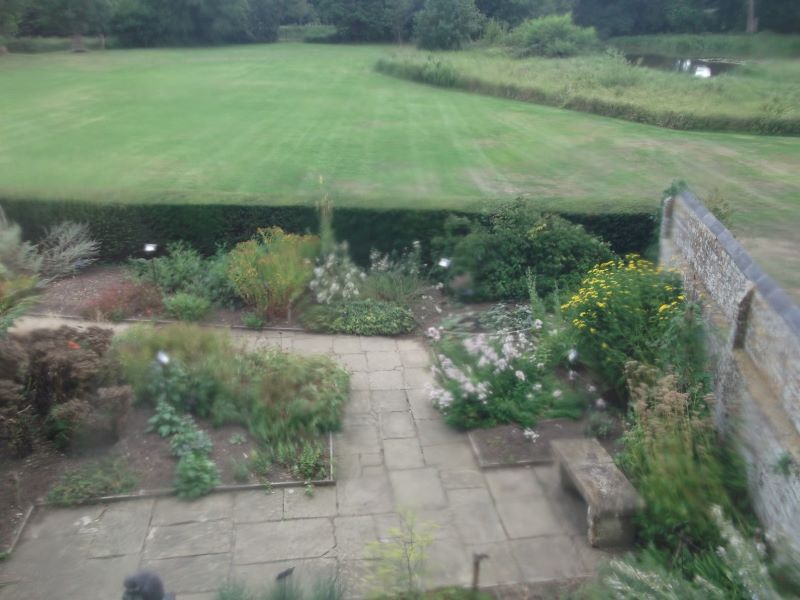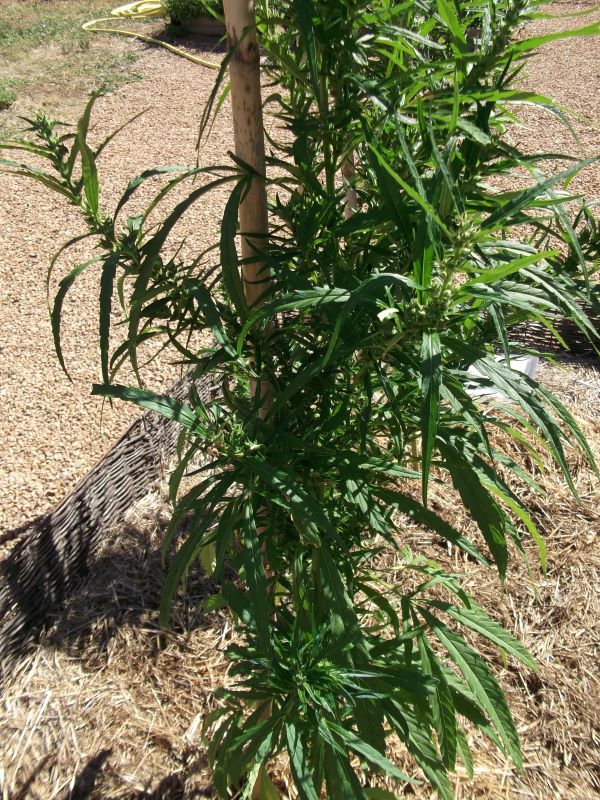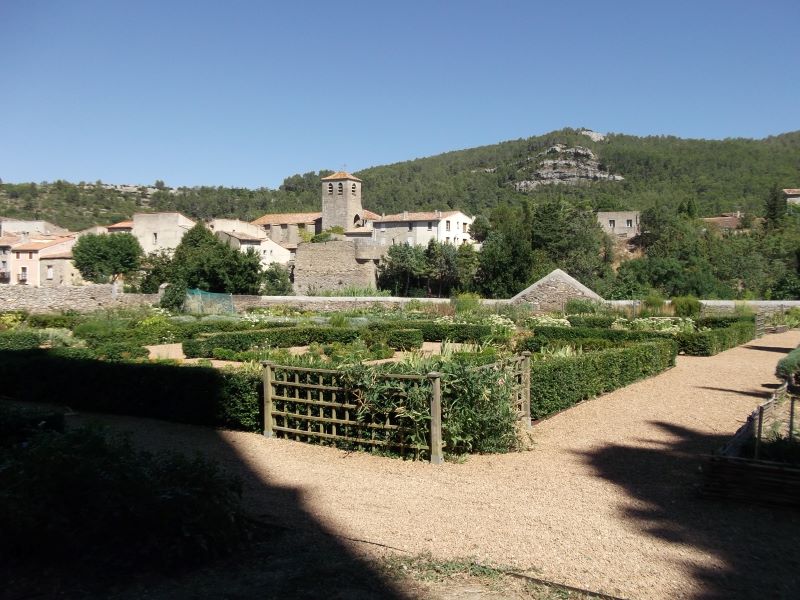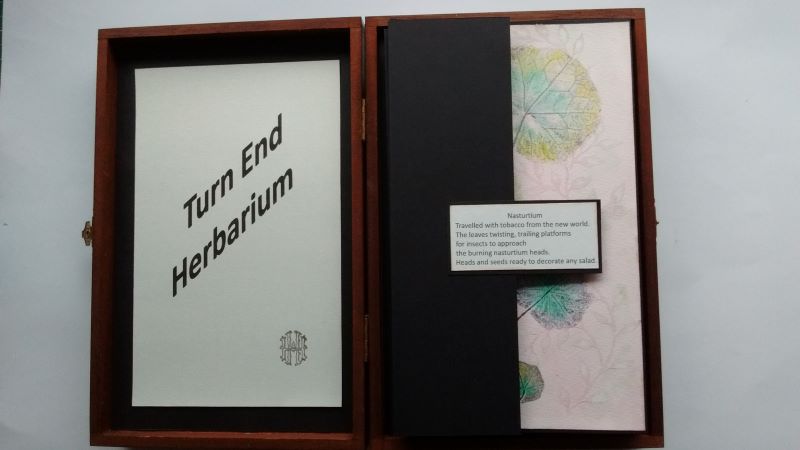I enjoyed making the Turn End Herbarium but I feel that I haven’t exhausted the subject yet. On reviewing the above book https://www.hunterbooks.co.uk/turn-end-gardens.htm (see projects completed) I realized that I had made some interesting patterns in the contemporary pages. Mainly by the leaf printing but why not with the flower heads?
What is pattern making? Does it matter? Early Greek philosophers studied pattern, with Plato and Pythagoras attempting to explain order in nature. It has been defined as the repeating of art motifs in regular or cyclical fashion to create interest, movement, and/or harmony and unity. Rhythms can be random, regular, alternating, flowing, and progressive.
Several contemporary artists I have studied have moved on to designing for textiles. Usually this means making repeat patterns from their art.
Elizabeth Blackadder, a Scottish artist born in 1931, painted flowers, amongst other things, that are not in vases or gardens they are more in lines as an herbarium would be laid out. Reading her biography, I understand that she collected wildflowers as a youngster and pressed them and then began to paint them. The repetition of the upright stance of each flower looks like an army on parade.
Angie Lewin, born in 1963, is another artist inspired by all aspects of nature. Nature drawn with meticulous detail for use in lino or screen printing and then using those designs for dress fabrics. Her book shows a good selection of her prints https://www.angielewin.co.uk/pages/plants-places
I decided to experiment with making some rubber stamps of my flower head drawings from Turn End Herbarium and explore pattern making with them. Making rubber stamps is a similar process to cutting lino for printing, I used the same tools but much softer surface, rubber. The photos show some prints on white paper and one on a gelatin printed paper.
I think that the stamped image on a painted background gives it depth and can tell two stories.
All this experimenting has started the creative juices running. Next some words to accompany these designs or maybe use words as a background.
